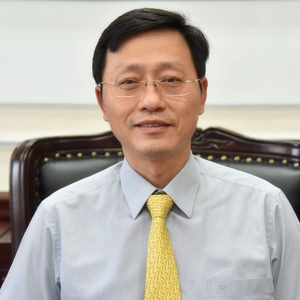Cited By
View all- Chen YChang YKuo T(2023)DTC: A Drift-Tolerant Coding to Improve the Performance and Energy Efficiency of -Level-Cell Phase-Change MemoryIEEE Transactions on Computer-Aided Design of Integrated Circuits and Systems10.1109/TCAD.2023.324156342:10(3185-3195)Online publication date: 1-Oct-2023


